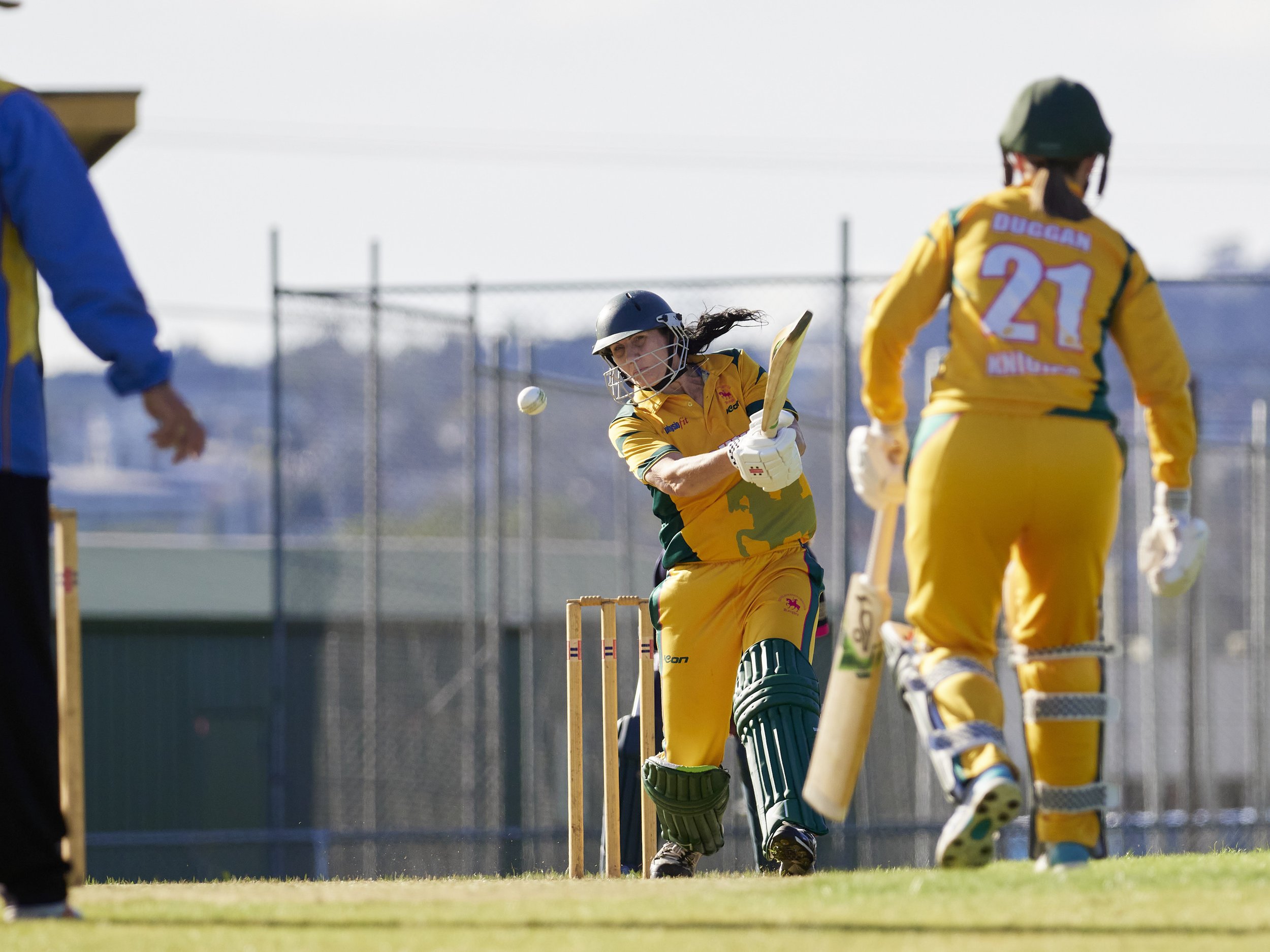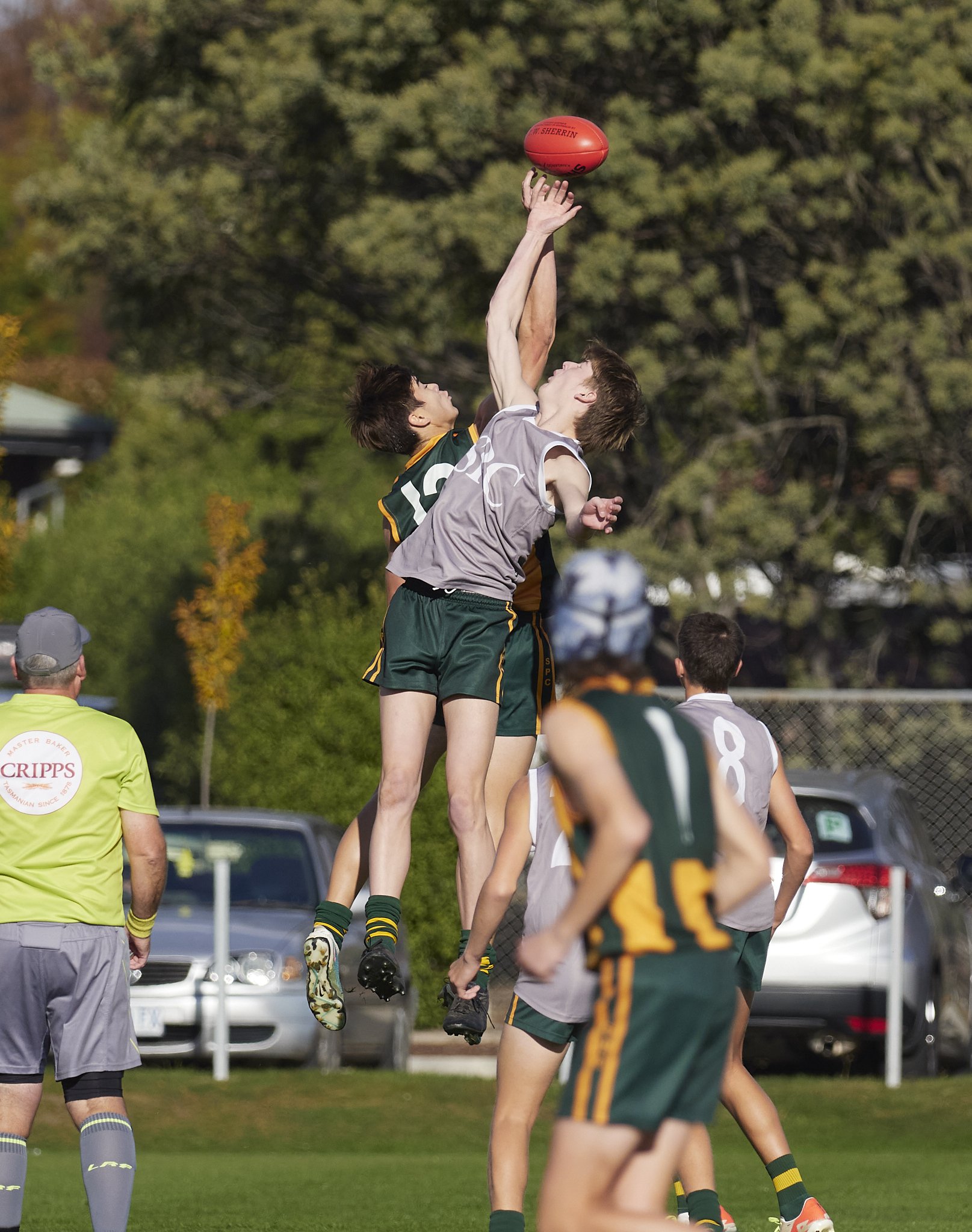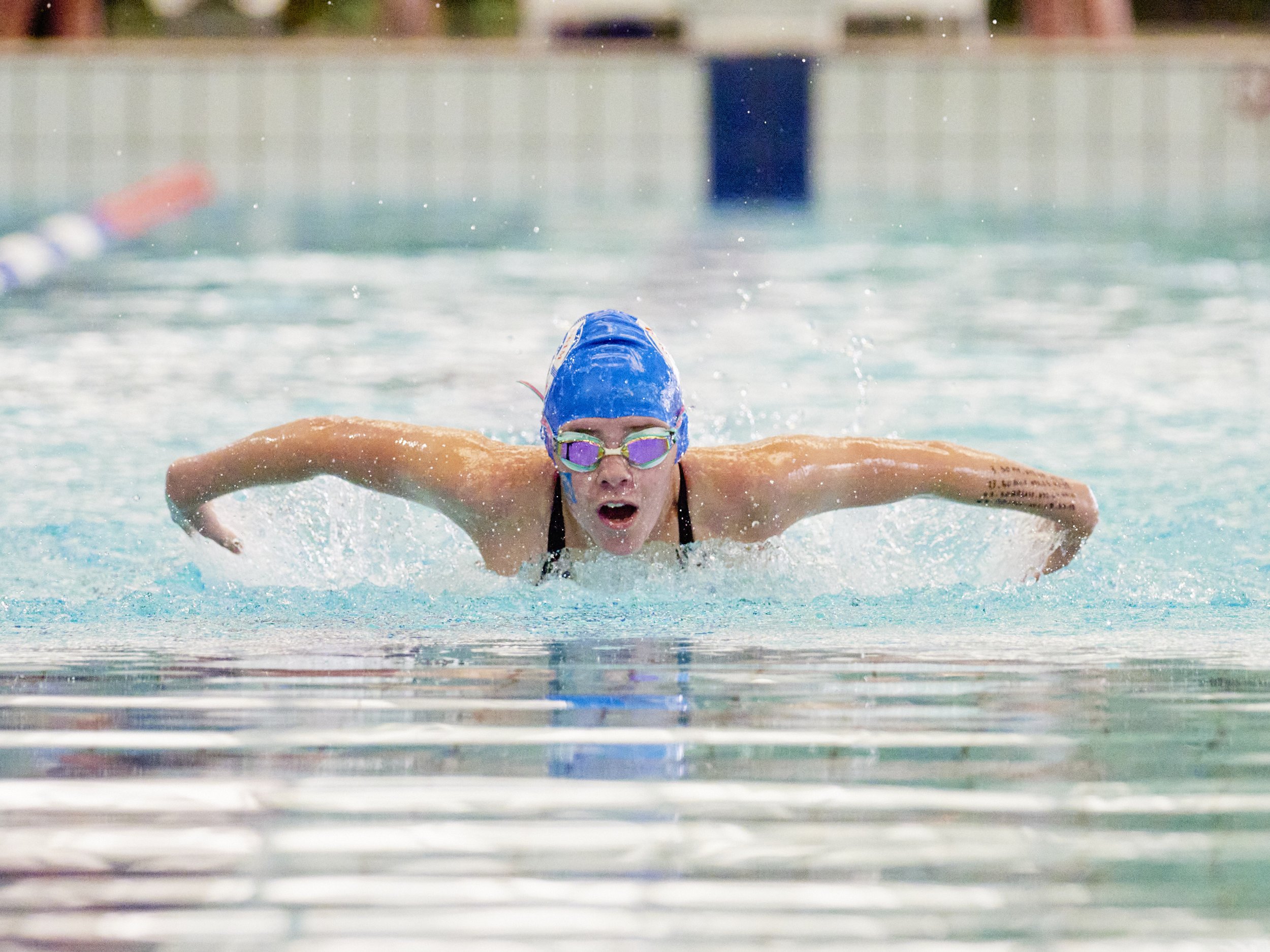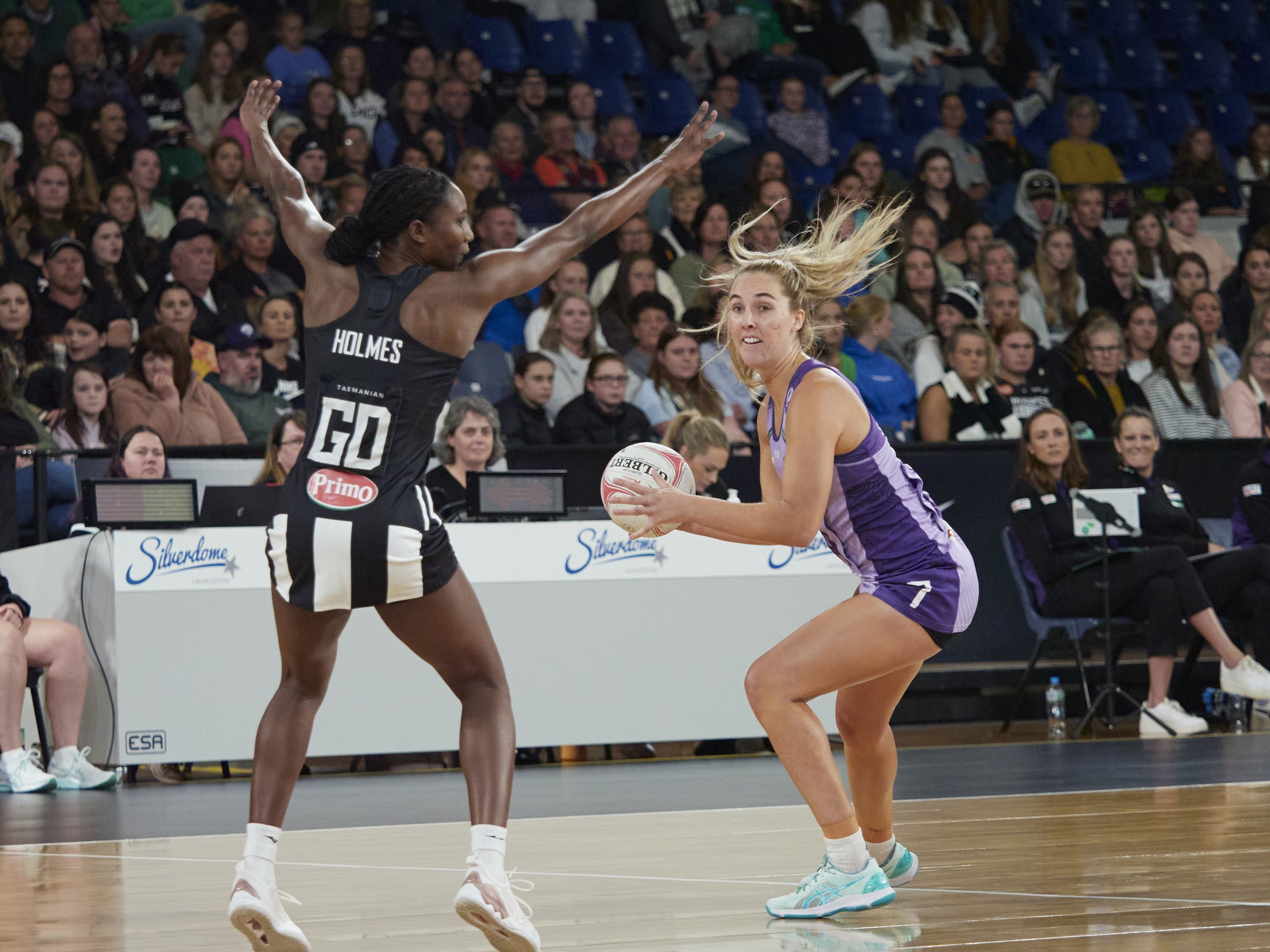My life has changed a lot lately.
No paper, more schools and volunteer stuff.
No paper means fewer daily jobs, less overall variety and to some extent, less importance attached to the work (depends on what matters to you I guess).
More schools means being generally more relaxed and “embedded”, with greater emotional connection and more time can be put into each job. I provide same day turn-around most of the time, but even that is rarely required and compared to 5-7 jobs turned around same day, it is almost languid.
Volume is up, way up and use of that volume also. A real benefit is few if any captions are needed. New facial recognition software is even allowing automatic dissemination of a whole large project without fuss or fear of unwanted disclosure.
Video is in a slump, but that is mostly my doing and a bit disappointing after my recent investments. I pushed it front and centre at the paper, being the in-house champion for it against the general flow of apathy, even avoidance, something I have not been doing with the school.
I feel there is always good use for it, but others often do not see that. If you do it, and I am finding this is almost always the case with video, you need to produce a complete package, then people will grab it happily, but unlike stills, just providing “bare” footage is pointless as most do not know what to do with it or even why.
Looking at the potential of other areas though, school balls are providing a chance to hone my studio lighting technique (looking at a brighter, cleaner more brilliant look like a portrait of Teddy Swims I came across recently https://indiewavves.com/musicblog/qanda-teddy-swims ).
Drama is very satisfying as is music, although video again is thin, something I need to fix. Life is easier without it and very little of my video kit is truly useless in a stills kit (sound gear mainly).
A surprise recently at a school performance, a genuine aerialist in the faculty.
My sport has gone from 10-20 varied events a month to nearly nothing, but I have plans here to approach local teams and just shoot for them for free, simply to keep my eye in (some success here with an offer for paid work). I have noticed that without regular application, I need a couple of events to get back into my zone, so practice is key.
The second school is dominant in private school sport in the state’s north and mad for it being covered. This would have been a back-pager at the paper, just one of a hundred or so at the school, but the big difference is, few if any of the others would have been seen with the paper. It is entirely possible that the multiplying effects of the right people seeing more images relevant to themselves gives my shots more actual useful exposure than the odd shot in the paper with a mixed viewership.
My “awareness” above refers to the reality that only now, five months into the year, am I really getting that my life is so much more satisfying and enjoyable than it was this time last year.
Last year I was finally part time again after waiting since Christmas for something to happen and had missed re-connecting with the school (again). I did pick up the second school, but juggling the two was not ideal.
I am even enjoying old hobbies again, looking to do projects with stills and video and my kit, which took a beating over the last two years has now settled into a safer, gentler life. My current kit with my current workload will likely be fine for the next five or more years with little added (out of necessity).
The reality is I have been reserving my EM1x’s for sport, my G9II, a clean G9I and both S5’s for video and pounding the two rougher EM1.2’s and G9I. Even the EM10.2 and old EM5’s get some work. My Pen F is largely unused as is the OSMO. I know I can function with minimal kit, but I can field that in several ways.
Some are showing some signs of stress, but nothing I cannot work around.

























































































































